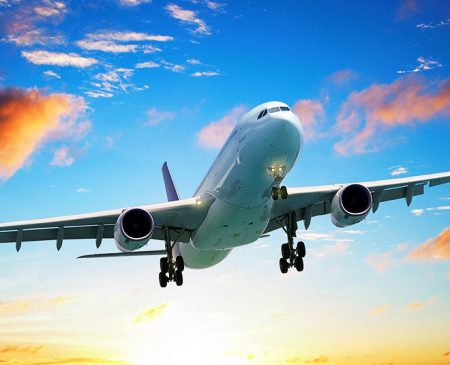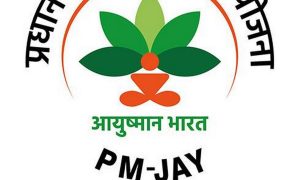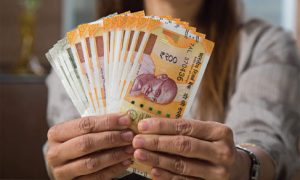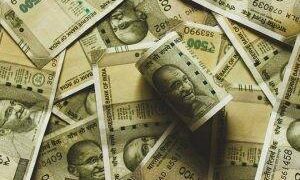Domestic airfares have tumbled on many major domestic routes after peaking in recent months, fuelled by high costs.
Just a few days after the government did away with fare caps, domestic airlines Akasa Air, IndiGo, Air Asia, GoFirst and Vistara have cut prices.
Akasa Air has cut prices across its routes. It is offering Mumbai-Bengaluru flights in the range of Rs 2,000-Rs 2,200, and Mumbai-Ahmedabad is available for just Rs 1,400.
As of August, the same seats went for about Rs 3,948 and Rs 5,008, respectively.
The country’s largest airline, IndiGo, has matched Akasa Air’s rates on both routes, while GoFirst has also cut its fares on these routes significantly.
Similarly, airfares between Delhi and Lucknow have also dropped in the last few days. It now ranges between Rs 1,900-Rs 2,200, with Air Asia and IndiGo offering the cheapest rates. The cheapest seats on this route were earlier priced between Rs 3,500-Rs 4,000.
Airfares between Kochi and Bengaluru have dropped as low as Rs 1,100-Rs 1,300, with GoFirst, IndiGo and Air Asia offering the cheapest flights on the route.
On the Mumbai-Jaipur route, prices have dropped from around Rs 5,000-5,500 to just Rs 3,900 in the past few days.
Aviation experts said that the new prices reflect the competitive landscape present in India. The fact that all the airlines have reduced prices is a positive sign for the industry going forward.
Lower prices are not only a reflection of airlines looking to grab or retain market share, but are a product of competition, demand, supply, costs, and potential cargo revenues.
“Such severe competition could either push the weakest player out of the market, or, if everyone decides to hang around, delay their path to profitability,” aviation expert Ameya Joshi said.
Senior airline officials said that the fall in prices on many routes across India is also due to lower demand in the ongoing July-September quarter, which is the off-season for travel in India.
They added that ahead of the upcoming festival period prices may rise slightly, but are likely to remain lower than when fare caps were in place.
A senior official at a domestic airline said that the return of corporate travel in the past few months is an encouraging sign and gives airlines the confidence to offer lower prices.
“Passenger load factors have been on the rise for the past few months, driven by corporate travel. This provides the industry the breathing room to offer lower prices,” the official said.
In May 2020, the Indian government had implemented price bands on domestic airfares, with a view of controlling price increases. The government recently declared that such fee bands will be phased out by the end of August 2022.
Last week, after nearly two years of high fuel prices, the airline official said the industry was looking forward to the new pricing mechanism for aviation turbine fuel (ATF).
“The new ATF pricing mechanism will not only help airlines lower their fuel costs, customers will also benefit from lower ticket prices once the mechanism comes into effect,” he added.
He further added that fares on metro routes were likely to fall significantly as ATF prices are likely to be lower when supplied in metro cities like Delhi and Mumbai, which will translate into lower prices on those routes.





































